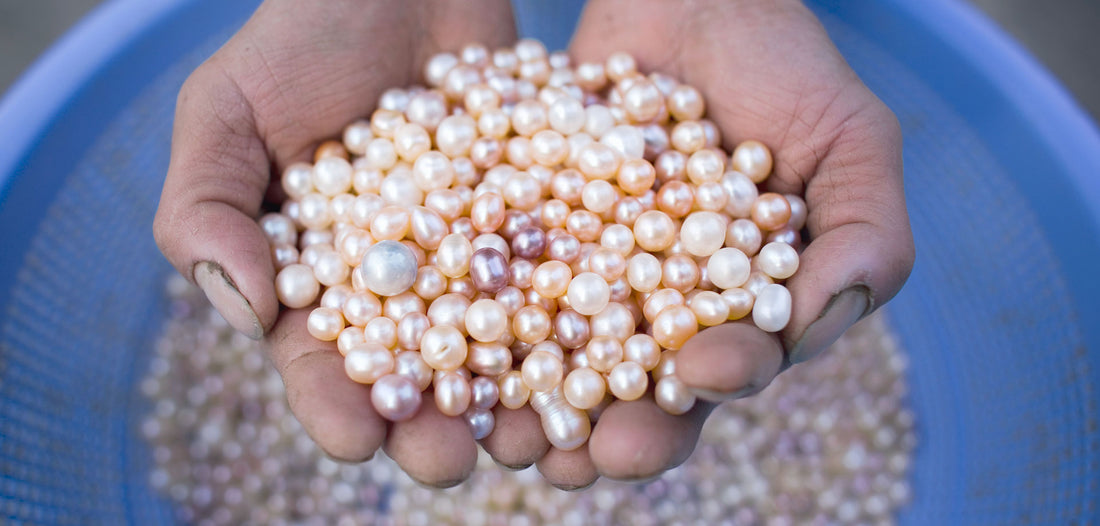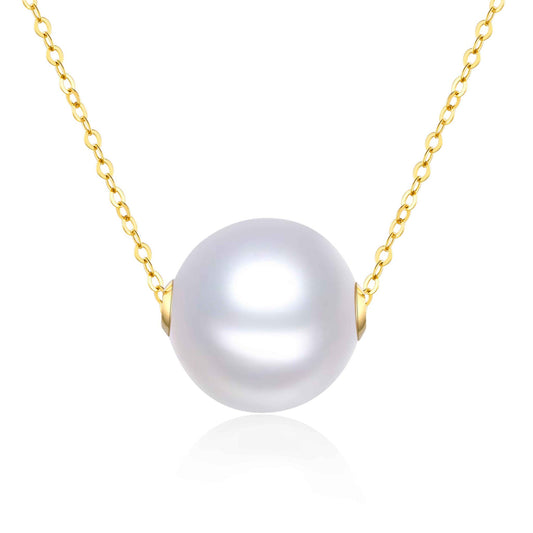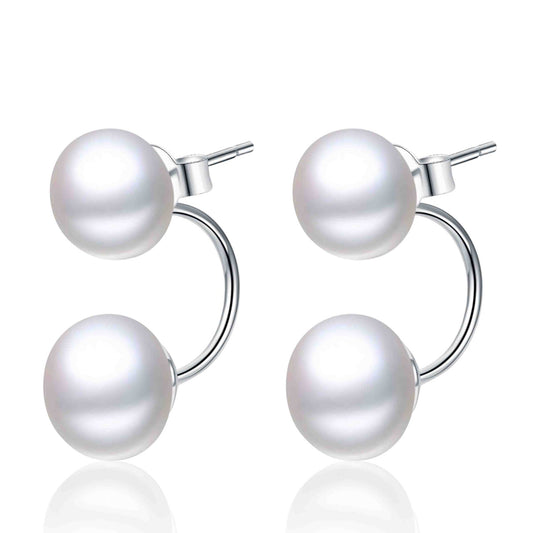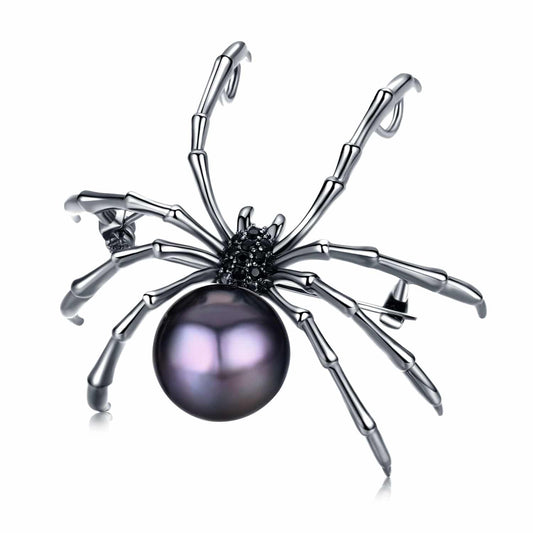
Pearl Farming History: The Good, the Bad, and the Ugly
Share
Pearls have been valued for millennia. Myths and legends were created and kings funded armies with pearls. But for anything that’s been around for such a long time, there are bound to be a few skeletons in the closet. Ever wondered about pearl skeletons? Here are two, plus a good story.
The Pearl Button Factories of the Mississippi
In 1891, the German immigrant John Boepple opened the first button factory in Muscantine, Iowa, next to Mississippi River. Back in Germany, Boepple made buttons out of materials like animal horn. When he heard of the abundant supply of mussel shells in the Mississippi River with their beautiful iridescent coating, he realized they would make a superb material for high-quality buttons.
Within ten years, Muscantine became the largest manufacturer of freshwater mollusk buttons and became known as the Pearl City. The Mississippi basin experienced a rush similar to any gold or diamond rush you’ve heard of.
Mollusks were gathered from the river and boiled so that they could be pried open. The meat was then removed, and the shells cleaned. Buttons were cut by hand from the shells and then polished, sorted, and packed.
The button factories employed thousands of people within the plant and on the river. The most skilled job was that of the cutters – a difficult procedure of cutting the button shape from the shells, which was initially done by hand. These highly-paid jobs were usually held by men. Boys manned the grinding machines that removed the rough outer shells. They also oversaw the polishing plants. Women and girls were left to sort buttons according to size and color, and they also sewed the buttons onto cartons to be sold.
In 1898, a hefty 138,615,696 buttons were made in Iowa. In 1899, there were about 60 button factories in the Mississippi basin, and more than 21,000 tons of mussels were harvested that year. Over time, mussel harvests started to decline due to overfishing and pollution, and by 1930 most of the mussel beds were depleted.
In 1910, Boepple joined Fairport Biological Station. This organization studied the health of mussels and developed harvesting techniques that were less destructive than the current methods used. They also started a hatchery in the hope of producing enough mollusks to restock the river beds. But due to water polluted by industrial waste and sewage, the mussels did not survive.
At the same time, plastic buttons started to appear, which were cheaper and easier to work with. This marked the end of an era.
How the Hoover Dam Destroyed Mexico’s Pearls
For more than four centuries, the Sea of Cortez produced high quality, dark, natural pearls for which were prized all over the world. In the late 19th century, pearl stocks started to deplete due to overfishing. Additionally, in July 1914 during the Mexican Revolution, oysters and equipment from pearl farms were destroyed or confiscated.
By the early 1930s, the oyster beds had recovered, but in 1936 oysters inexplicably started to die off. The Mexican Government banned pearl fishing in 1939, but the oysters kept on dying; a mystery that was solved only three decades later. It turned out that the Hoover Dam was the culprit.
The Hoover Dam was constructed in the 1930s, about 30 miles from Las Vegas, to generate hydroelectric power.
South of the dam, the Colorado River spills into the Sea of Cortez. The river carried valuable minerals into the sea, but with less freshwater flowing into the sea, fewer minerals made it to the ocean and the health of the phytoplankton diminished. The temperature also increased, salinity went up, and oxygen levels decreased. All of these factors changed the ecosystem in the Sea of Cortez, which is why the mussels started to die off.
Other factors, like overfishing, also impacted the quantity of the mussels, but the Hoover Dam had the biggest impact on the health of the mussels.
After many decades, cultured pearl farms are doing well again in the area.
The Birth of Pearl Culturing
This is the good part of our story. By the late 1800s, pollution and overfishing had damaged coral reefs and caused natural pearl stocks to dry up all over the world. As it was, natural pearls were already rare – thousands of mollusks had to be opened to find one pearl and only the super-rich could afford them.
In the late 19th century, many people started to research and experiment with pearl culturing. The most well-known was the Japanese man, Kokichi Mikimoto, son of a noodle maker. Mikimoto is often credited with being the first person to culture pearls, but in fact, his real success was being able to convince people that cultured pearls were not ‘fake’ pearls. He made cultured pearls fashionable to buy.
After 12 years of experimentation, Mikimoto produced his first round pearl in 1905. He used round beads from the mother of pearl to nucleate his oysters. In 1921, the first round cultured pearls were introduced to the market to be sold. Now, almost all pearls sold worldwide are cultured.
Cultured pearls need excellent environmental conditions to grow – unpolluted water and healthy coral reefs are crucial otherwise the farm will yield low harvests.
Apart from making affordable pearls available to all, pearl farming has many social benefits – providing jobs to locals, improving living conditions in the surrounding areas, and giving local economies a boost.
A Happy Ending
We’re grateful for Mikimoto and all those early pioneers who made the culturing of pearls possible. Now every woman can own jewelry from this beautiful gem, while our environment is looked after.
Take a look at our unique and affordable pearl jewelry. There is something for every woman’s taste!



